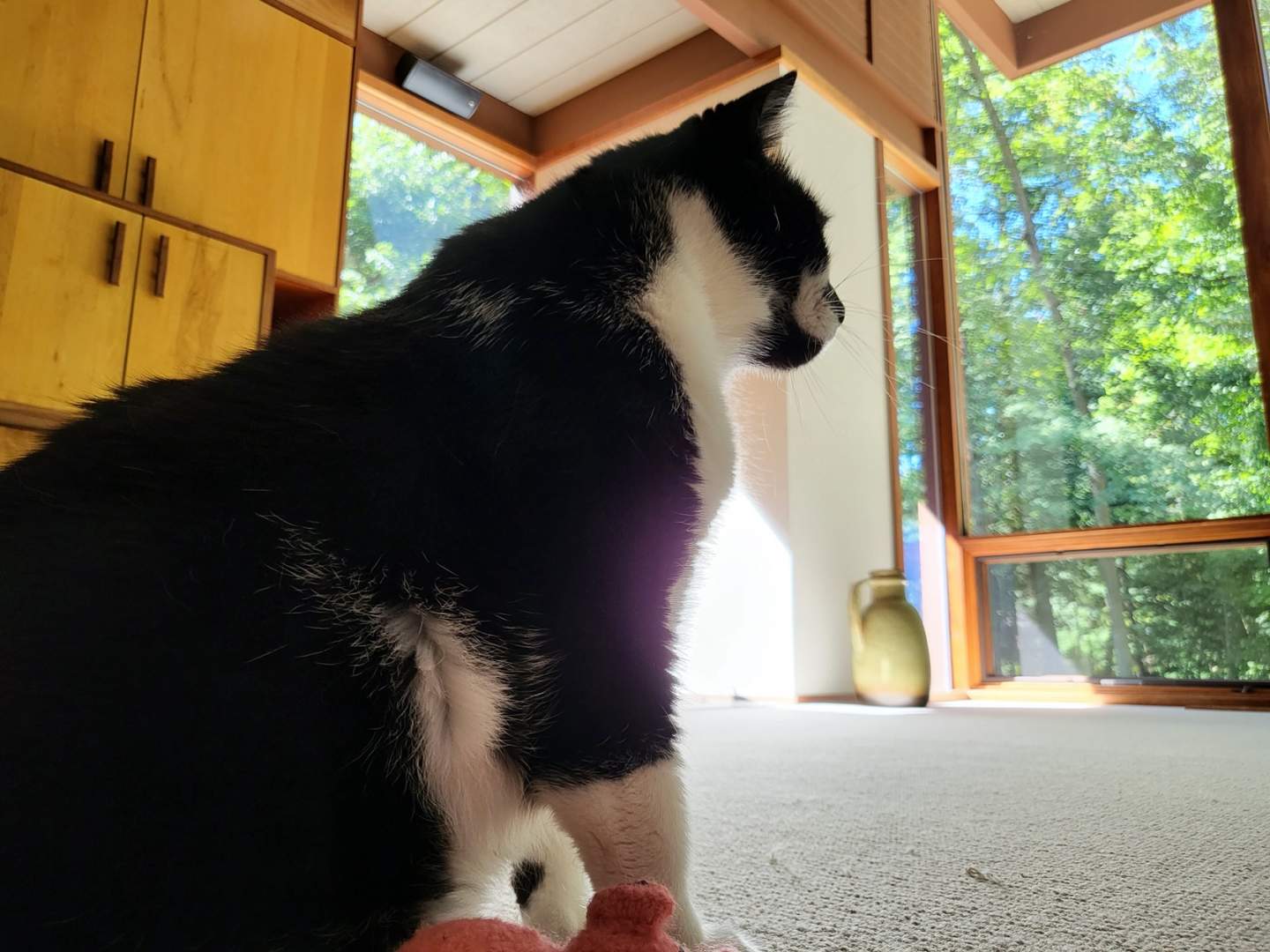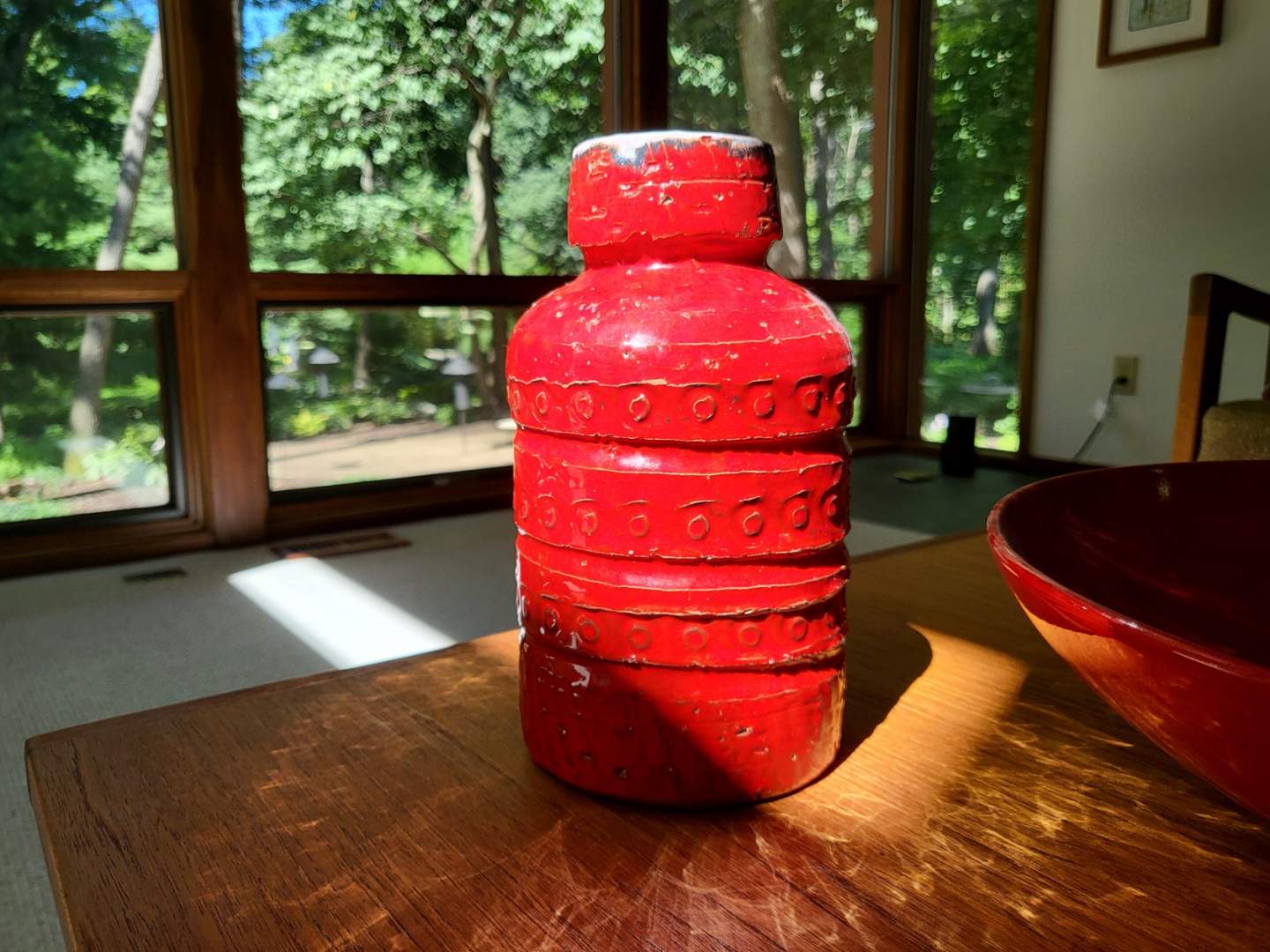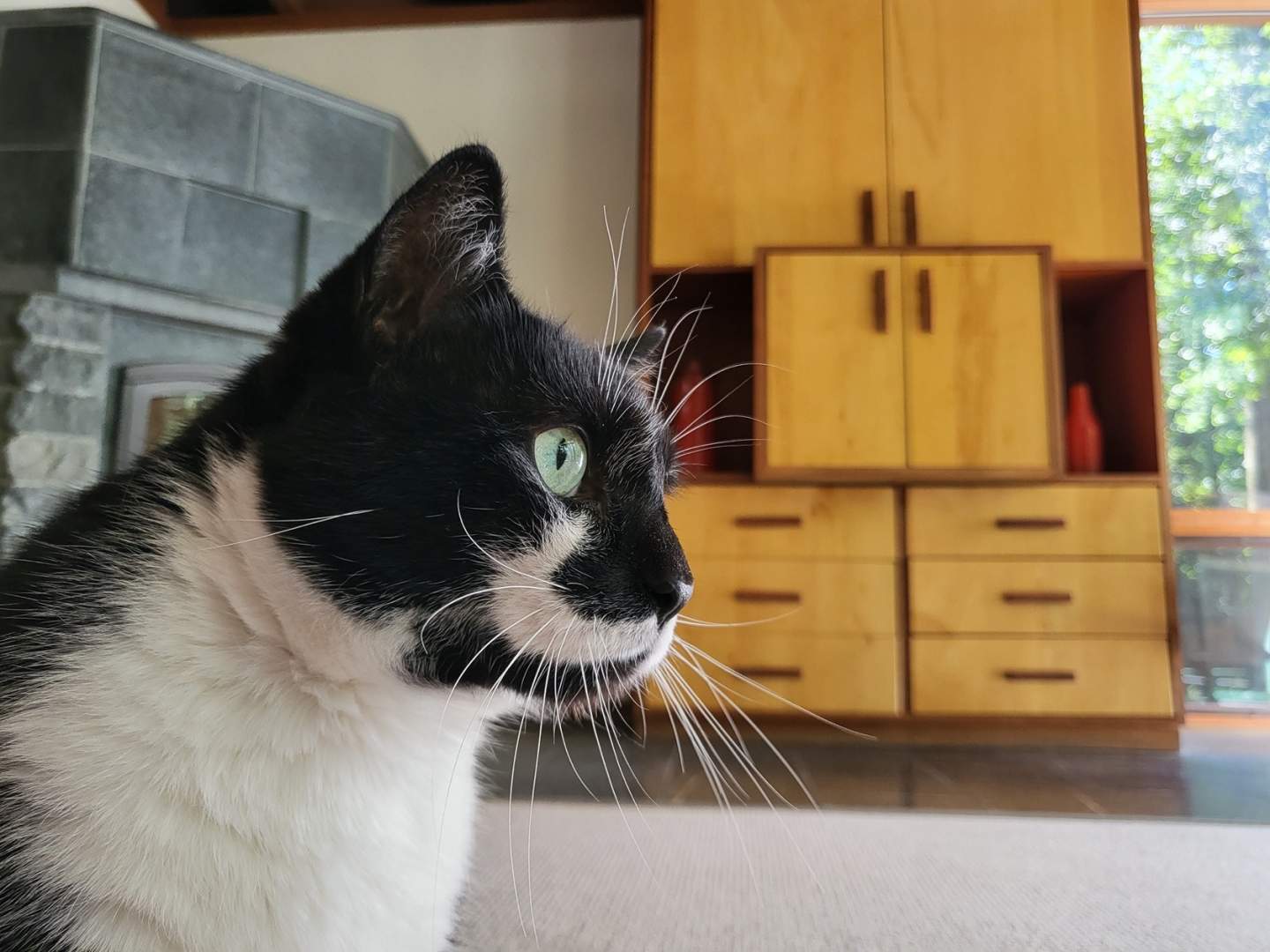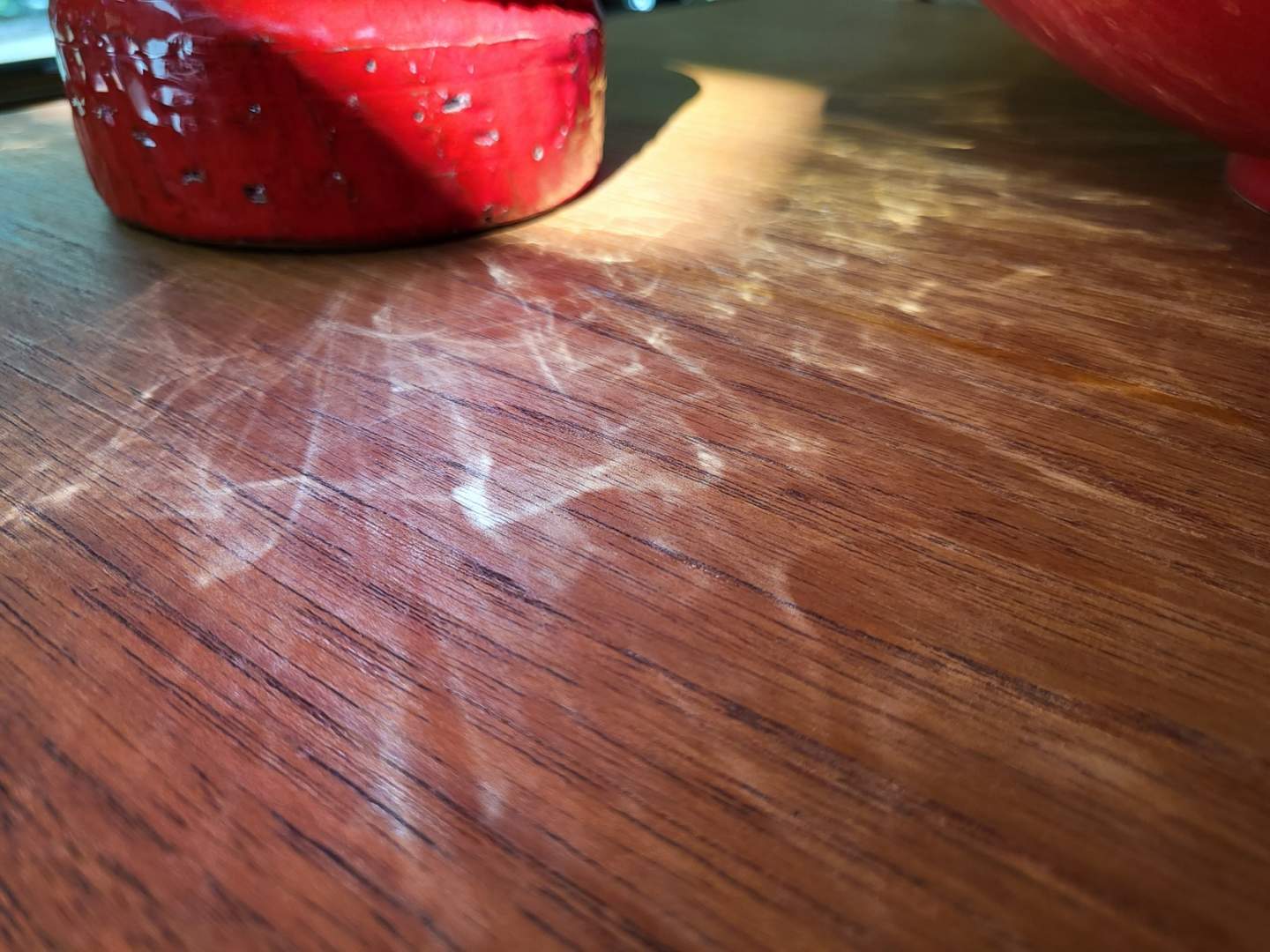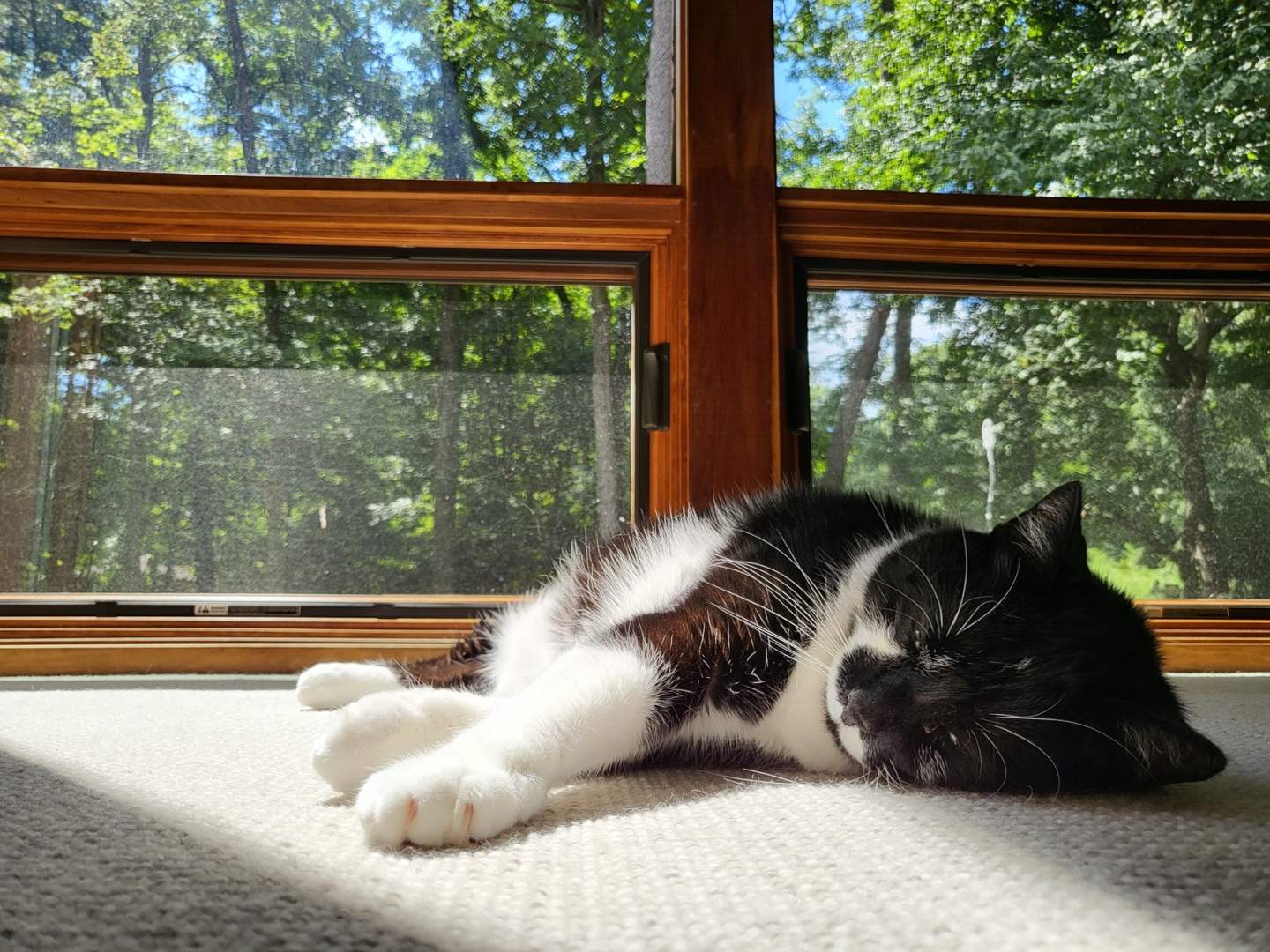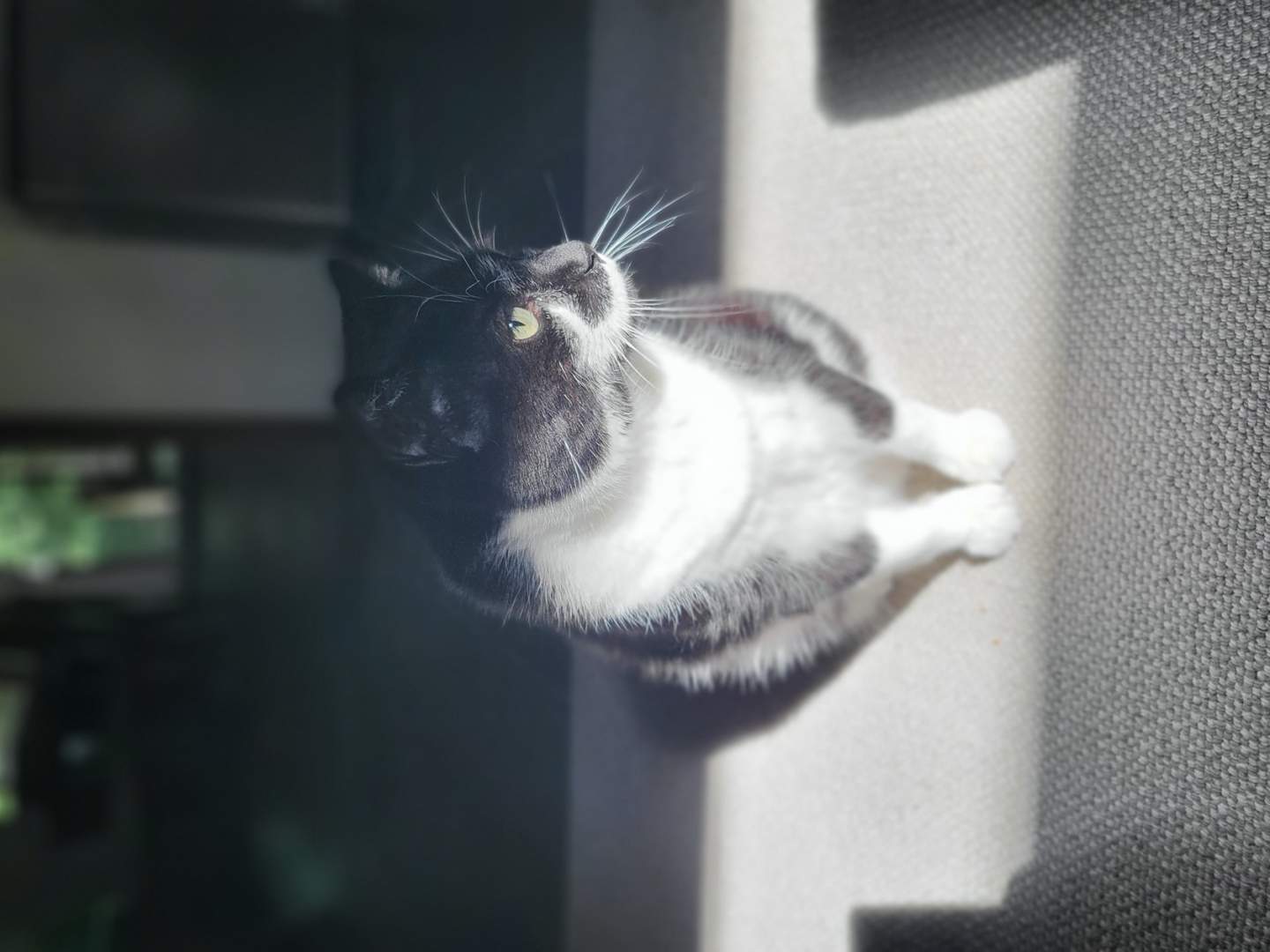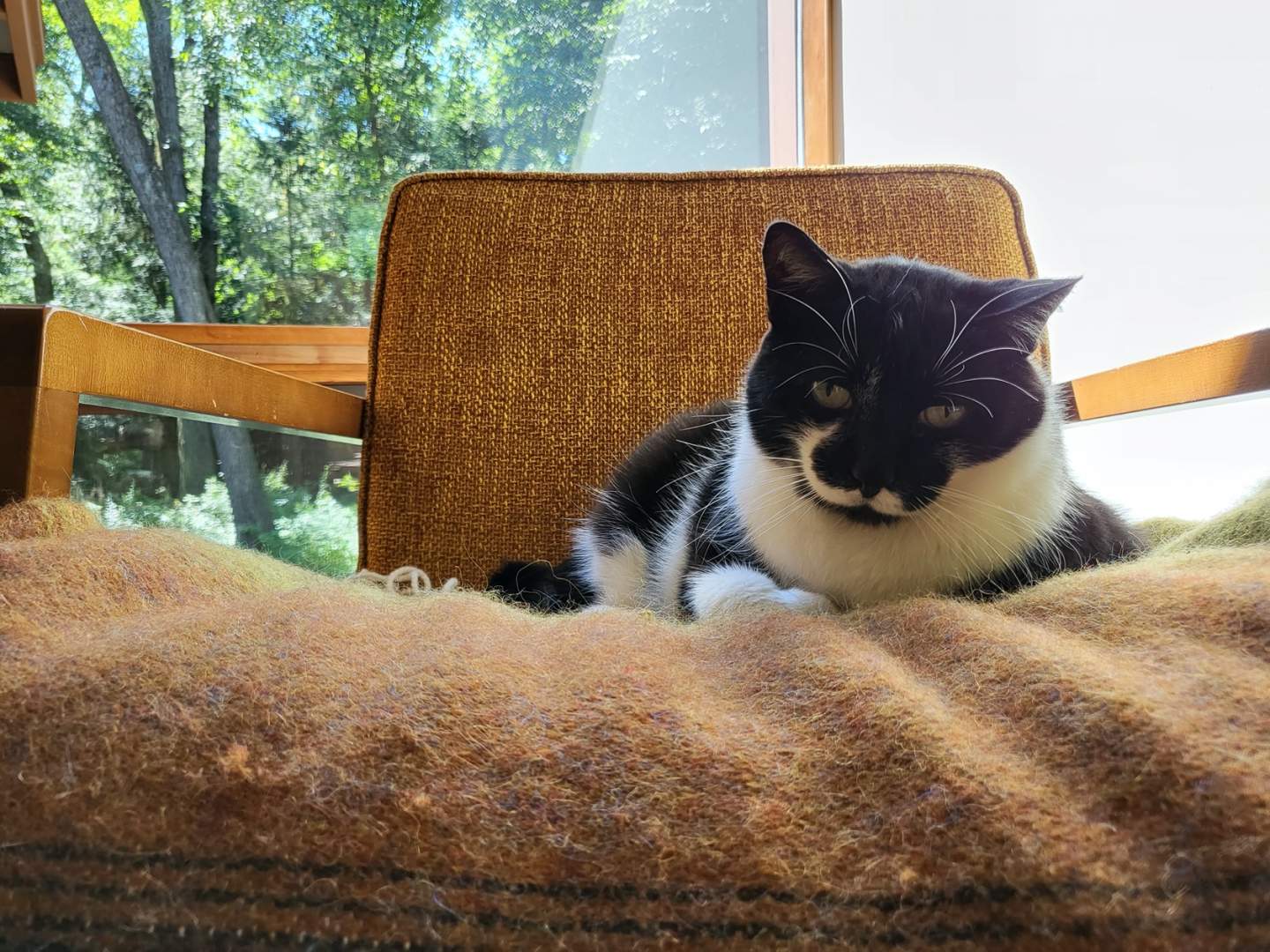Samsung Galaxy Z Flip 3 Review
- Samsung's most affordable foldable phone yet
- No compromise on performance
- Cover Display is much more useful now
- Battery life isn't great
- Cameras are good, but not stand-out
- Long-term durability still to be revealed
Some ideas make sense straight away, and others need a little time to ferment: three generations in, and the Samsung Galaxy Flip 3 is a much more accessible version of foldable phones, and maybe the first time the technology feels something other than a gimmick. At $999, it's also half the price of the bigger, more eye-catching Galaxy Z Fold 3, though that seems less like a compromise than it does a question of attitude.
The Flip 3 really does look and feel like a Galaxy S21+ folded in half. It's a solid 183 grams, with a volume key and combination power button and fingerprint sensor on one side. On the bottom there's a USB-C port, though unsurprisingly no headphone jack. Rather than the old Flip's mono speaker, you get stereo sound now, though it's not going to blow anybody away with either its volume or bass.
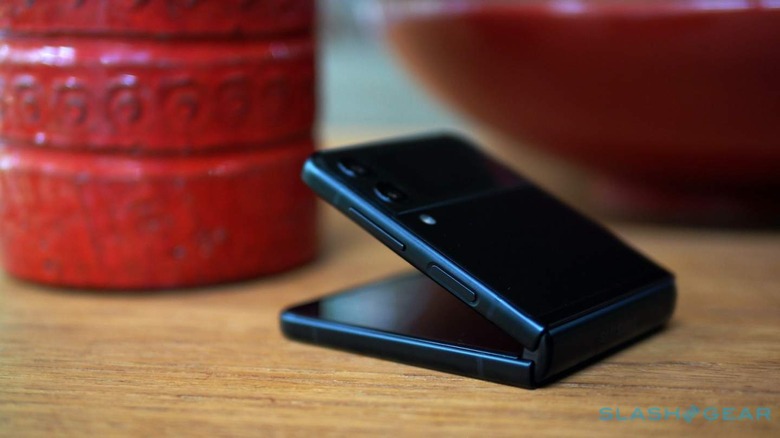
It's taken three generations to achieve what is, in reality, a fairly straightforward recipe. A regular-sized Android phone screen, that collapses down into something more pocket-friendly, that doesn't unduly sacrifice on battery or camera performance in the process, and which can be used sufficiently when closed so that you don't need to open it every time the Flip 3 chimes or vibrates.
Behind that deceptively simple premise is a whole lot of work on power management, component shrinking, flexible AMOLED development, and more. What you really need to know is that, for the most part, the Galaxy Z Flip 3 now offers the experience of a comparably-priced Galaxy S21+ only in a form-factor that bends in the middle.
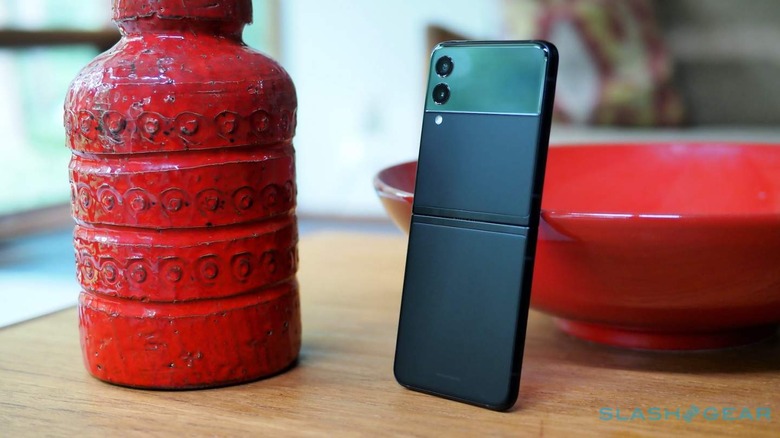
Opinion still seems split as to whether that's something people actually need, but when it comes to something they want the Flip 3 is tech catnip. Samsung has a variety of colors – some matte and some glossy – in its range this year, but I like how the black version doesn't instantly scream "phone" when you look at it when closed. It's clearly tech of some sort, but that head-scratch identity uncertainty only makes the big screen reveal all the more dramatic.
It's a 6.7-inch FHD+ Dynamic AMOLED, 2640 x 1080 resolution with a 120Hz adaptive refresh rate and 900 nits of typical brightness (or 1,200 nits peak). That's about the same as the Galaxy S21+'s panel, only the Flip 3's screen has a 22:9 aspect ratio rather than 20:9. It makes it tall and fairly narrow.
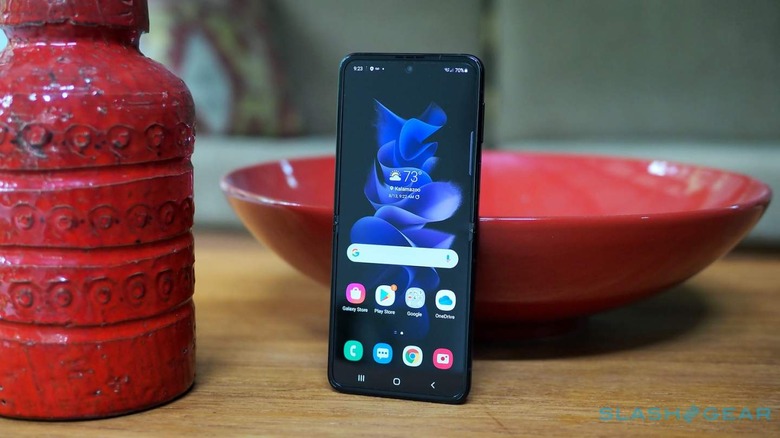
Samsung tops it with a new screen protector, installed at the factory and not intended to be removed by users. If yours gets scraped or you see bubbles forming, the recommendation is that you have an official repair center replace it. It doesn't feel like glass, but it's also less squishy than previous versions which means it's a lot more pleasant to interact with day to day. As for the crease, yes, it's noticeable depending on what's on-screen – and worse if you're wearing polarized sunglasses – but I found I quickly got used to it (much in the same way that I don't see an iPhone's notch any more).
Will the Flip 3's foldable display hold up longterm? Therein lies the million dollar question for flexible AMOLED, though Samsung insists that each generation is sturdier than the last. You get a year of extended warranty coverage, which is nice, though that still means you're on the hook for a $249 screen fix should anything go wrong. For all of Samsung's reassurance, the clumsy, careless, or just plain cautious should probably sit this one out.
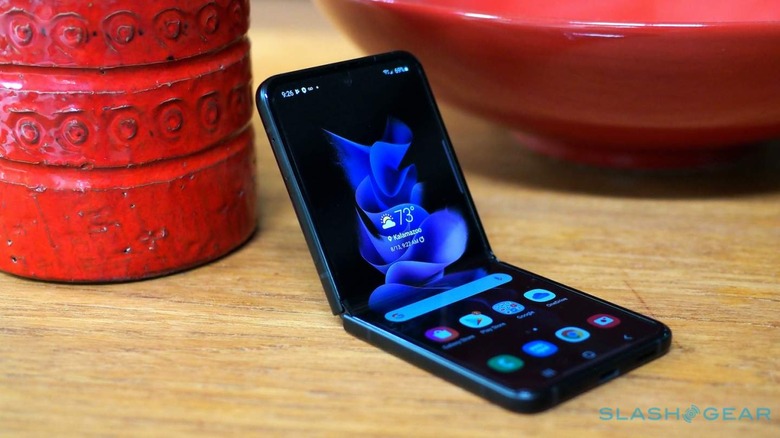
Pocket-friendliness isn't the only reason to have a foldable display. Samsung also offers Flex mode where – in a small handful of apps like the Gallery, Camera, and YouTube – using the Flip 3 partially folded unlocks a custom UI. For photography, for example, the upper half of the screen shows the camera preview, while the controls are all on the lower half. It's clever, but Flex mode is also the exception rather than the rule, and most of the time apps pay no attention to what position the hinge is at.
The foldable panel may what brings us to the Flip 3 party, but the outer display is what makes the whole thing cohesive. The original Galaxy Z Flip – and its 5G successor – had a tiny external panel, about as useful these days as a pager would be. You knew who was calling, or could preview a message, but doing anything meaningful with that knowledge demanded opening the phone up every time. It was a little like the experience of getting notifications on a smartwatch, only without the convenience of it taking place on your wrist.
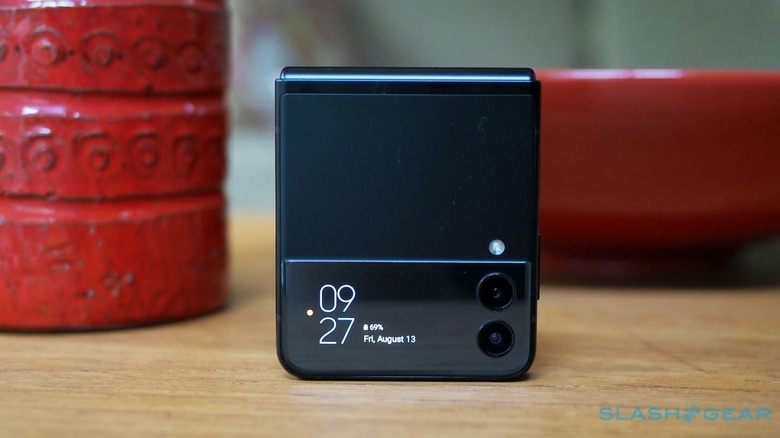
The Flip 3's outer touchscreen isn't exactly large in the grand scheme of things, but its dimensions leave it much more usable all the same. 1.9-inches and 260 x 512 resolution doesn't sound like much, but with Samsung's widgets and space for four lines of notifications you can actually get a fair amount done.
A double-tap wakes the screen – Samsung calls it the Cover Display – and then you can swipe left and right between widgets. There are six to begin with, for Weather, Calendar, Timer, Alarm, Samsung Pay, and Music. For the most part, it still feels more like a display window than a place to interact with Android. If you want to respond to a message, for example, you'll need to dictate your reply with Bixby.
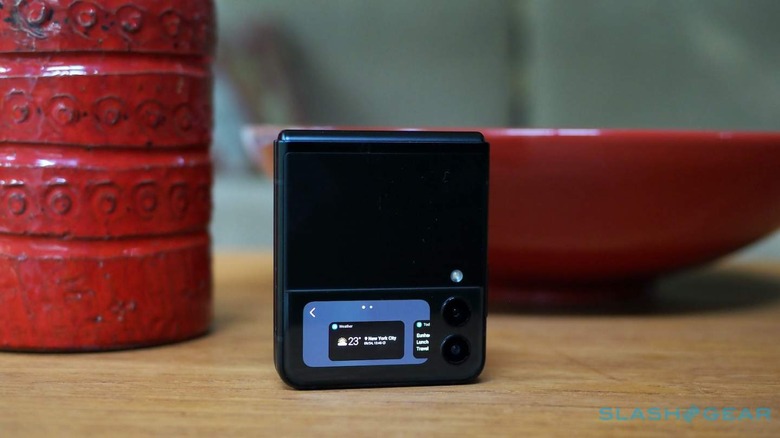
Beyond the fancy screens, though, everything else feels close to the Galaxy S21 family, and I think that's a good thing. The Snapdragon 888 chipset with 8GB of memory runs just as smoothly, Samsung's OneUI on top of Android 11 is cleanly designed and user-friendly, and there's both Sub-6 and mmWave flavors of 5G plus WiFi 802.11ax and Bluetooth 5.1. The addition of IPX8 waterproofing is an important step in reassuring people that foldable needn't mean fragile, though it's worth noting that while an IP68 Galaxy S21+ is dust-resistant too, grit is still the mortal enemy of flexible displays.
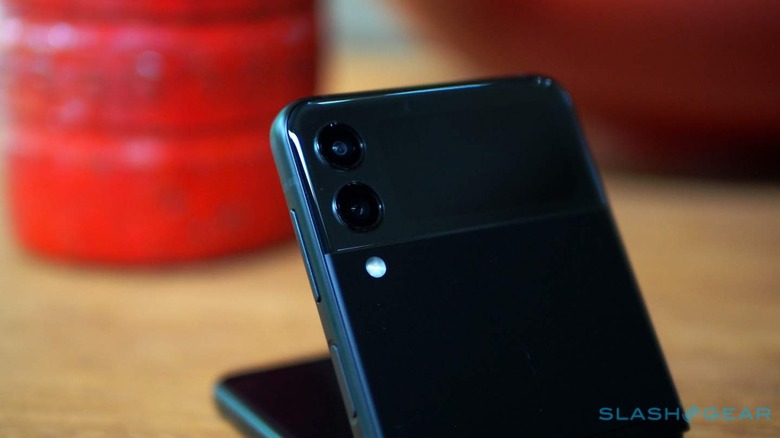
For photography, there's a 12-megapixel main camera with Dual Pixel autofocus, optical image stabilization, and an f/1.8 lens. Alongside it is a 12-megapixel ultra-wide with a 123-degree field of view, and inside is a 10-megapixel selfie camera. No optical telephoto, sadly, but Samsung's 10x digital zoom is usable at lower levels of magnification.
Unsurprisingly, the photos the Flip 3 takes are pretty much on a par with the photos a Galaxy S21+ captures. There's AI-powered scene recognition, tracking AF, a low-light night mode, and Samsung's clever Single Take which pulls edited stills, videos, portraits, crops, and more from a brief burst of footage.
Samsung's post-processing is a little less ebullient than it once was, meaning colors don't have that same over-saturated appearance. I prefer the Flip 3's portrait mode effect to that of the Pixel 5a, too; it struggles less with fine detail, like pet whiskers.
Last, but by no means least, there's power. Here is where the realities – and compromises – of the folding form-factor are clearest: to fit a hinge mechanism, something has to give, and that something is pure battery size. 3,300 mAh isn't terrible, but neither is it the 4,800 mAh of the Galaxy S21+. Even the smallest Galaxy S21 packs more.
Samsung does plenty to try to work around that limitation. The adaptive screen cranks down the refresh rate, the Snapdragon 888 throttles back, and it's clear that part of the goal of the more functional exterior display is that you'll use it more and open the Flip 3 less. All the same, a late-in-the-day charge isn't unusual.
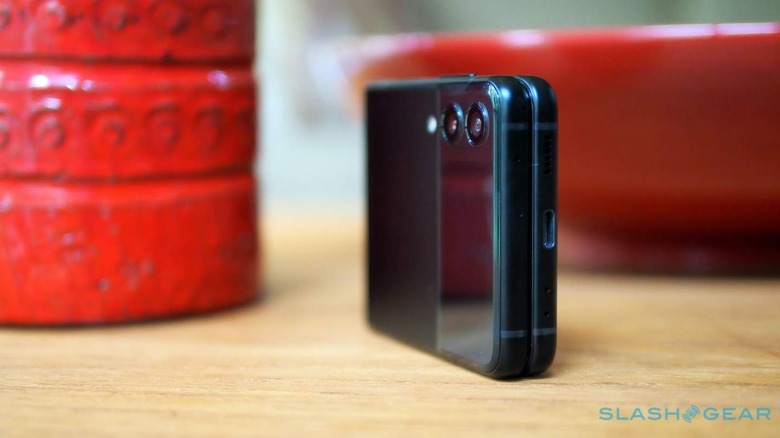
When it comes to that, the Flip 3 supports 15W fast charging – though Samsung doesn't supply an actual charging brick in the box – and 10W fast wireless charging. There's also 4.5W reverse wireless charging, though I suspect that'll only be useful in a real pinch given the size of the foldable's own battery.
Samsung Galaxy Z Flip 3 Verdict
It's not that Samsung's prior foldable phones were bad, more that the compromises and accommodations you needed to make in return for a cutting-edge design were more obvious. The Galaxy Z Flip 3 seems like less of a risk in that respect, as you'd hope from a device with a $999 sticker.
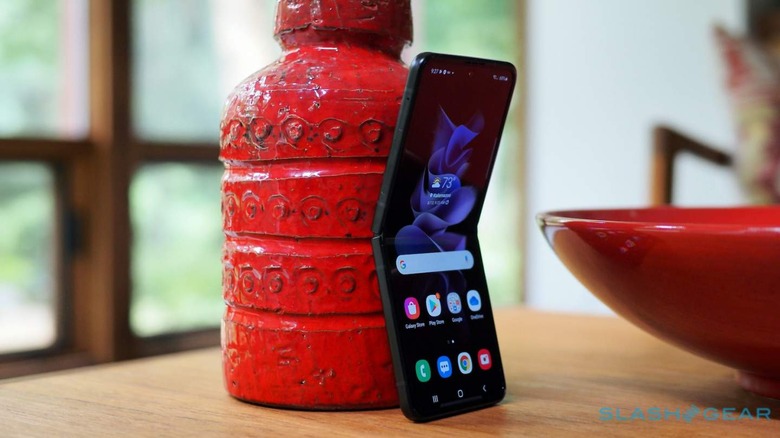
At the same time, no, this isn't the handset for everybody, and while foldables are certainly closer to what we think of as the smartphone mainstream, that's not to say the days of the Big Glass Slab are numbered. Not only does the technology Samsung relies upon with the Flip 3 still have plenty of room to mature, so too the core practicality argument the clamshell makes isn't necessarily going to resonate with every user.
In short, the Flip 3 still isn't a no-brainer purchase, but that's no longer because of inherent questions around Samsung's foldable implementation. Instead it's a matter of priorities: are the cameras, battery life, and screen size your primary motivations, or do portability and flexibility play a bigger role? The Galaxy Z Flip 3's biggest achievement is that it makes a foldable design just another distinguishing factor on the spec sheet, rather than a decision that comes with significant compromises. That may not sound exciting on the face of it, but it should make a huge difference for pushing folding phones into the mainstream.

